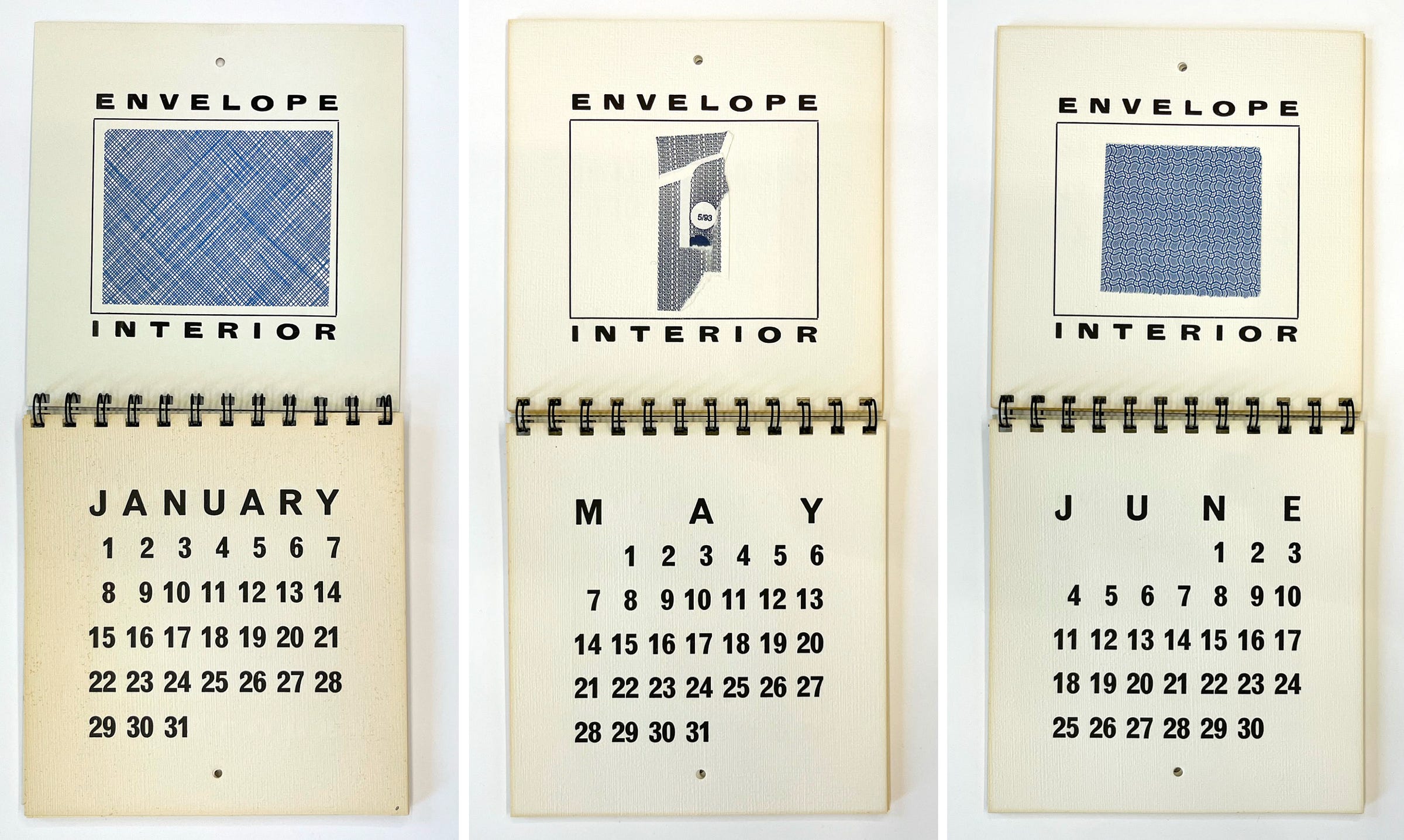Oh. My. God.
The mind-blowing intricacy of origami bloom patterns.
Note: This post is not paywalled and is thus available to all. It’s based on a series of short but amazing videos, so you’ll definitely want to read the web version, not the emailed version. Enjoy! — Paul
Intricate patterns in nature tend to blow my mind, as I’ve recently explained when writing about a hornets’ nest and diatomaceous earth. But human-made patterns can have a similarly gobsmacking effect on me — like, say, this:
Whoa! Obviously, it’s amazing to see the full pattern unfold, but I also find it sooooo satisfying to see the whole thing fold back up into a neat little package. It reminds me of a swan extending its wings and then tucking them back in all neat and compact.
That video shows an example of an origami bloom pattern, a new sub-category within the ancient art of paper folding. I learned about it in this recent New York Times article, which begins like so:
The art of origami goes back centuries — enough time to explore every possible crease that can be made in a sheet of paper, one might think.
And yet, researchers have now found a new class of origami that they call bloom patterns. Resembling idealized flowers, many bloom patterns are rotationally symmetric around the center.
The bloom patterns, with their set of attractive properties, appear promising for future engineering uses, especially for large structures that are sent to outer space. They fold up flat and compactly, they can be constructed out of one flat sheet, and they can be extended to ever larger shapes.
In short: Aesthetically amazing, and with some major practical applications to boot. What’s not to like?
Somewhat amazingly, bloom patterns were discovered (invented? developed?) by a 20-year-old — a sophomore at BYU named Kelvin Wang. Here are some additional patterns he’s come up with:
So mesmerizing! To learn more, and have your mind blown ever further, check out this video of Wang, along with a BYU mechanical engineering professor and an origami artist, discussing and demonstrating some aspects of bloom origami (this video is four minutes long but totally worth it — trust me):
In addition, Wang and his collaborators have developed a series of computer simulations of these patterns. For example, here’s an video of a particularly nice bloom pattern, followed by computer-generated top-, side-, and trimetric-view simulation videos of that same design (bonus points for the chance to say “trimetric”):
Pretty cool! I especially like the “Fold Percent” reading.
I suppose there’s more that could be said here, but I’m betting that these video clips have put a big smile on your face (mine too), so let’s just leave it at that. A nice way to wrap up the week!
(All of the bloom pattern videos in this post are from BYU. You can download them, and many more, by clicking here. And if you want to go deeper, there’s a bloom pattern how-to tutorial video available here.)
Security Envelopes, Continued
After I published Tuesday’s piece about security envelopes, my friend Harley Spiller let me know about an important envelope enthusiast who I didn’t mention in the article: Erica Van Horn, an American artist who now lives in Ireland and is described here as focusing on “the minutiae of daily life, collecting visual and textual details of what is often overlooked or seemingly insignificant.” Sound familiar?
Van Horn has done several projects relating to “envelope interiors” (that seems to be her preferred term, instead of “security patterns”), including a book featuring lots of interior swatches, another book devoted to the narrower niche of airmail interiors, and, best of all, a series of envelope-based pinup calendars! Here are some shots of that:
In addition, Van Horn’s work has inspired a book published earlier this year by the Irish artist Francis Van Maele, called Envelope Interiors.
I definitely would have included all of this in Tuesday’s article if I had known about it. Big thanks to Harley for bringing it to my attention!
Stick Figures in Peril, Continued
Readers continue to respond to last week’s post about stick figures in peril by sending in pics of their own examples. The latest one comes from Christine Freeman, who took this photo during a trip to Kyoto, Japan:
“This sign says so much about our time in Kyoto many years ago,” says Christine. “The bicycles were everywhere, and it almost seemed like sport. Dodging them was not fun.”
Paul Lukas has been obsessing over the inconspicuous for most of his life, and has been writing about those obsessions for more than 30 years. You can contact him here.






These remind me a bit of those paper ketchup cups used in some restaurants.
https://www.rd.com/wp-content/uploads/sites/2/2016/03/food-containers-ketchup-paper-cup.jpg
I'm a BYU alum and am starting a professor job in the biology department next year, fun to see a shoutout!